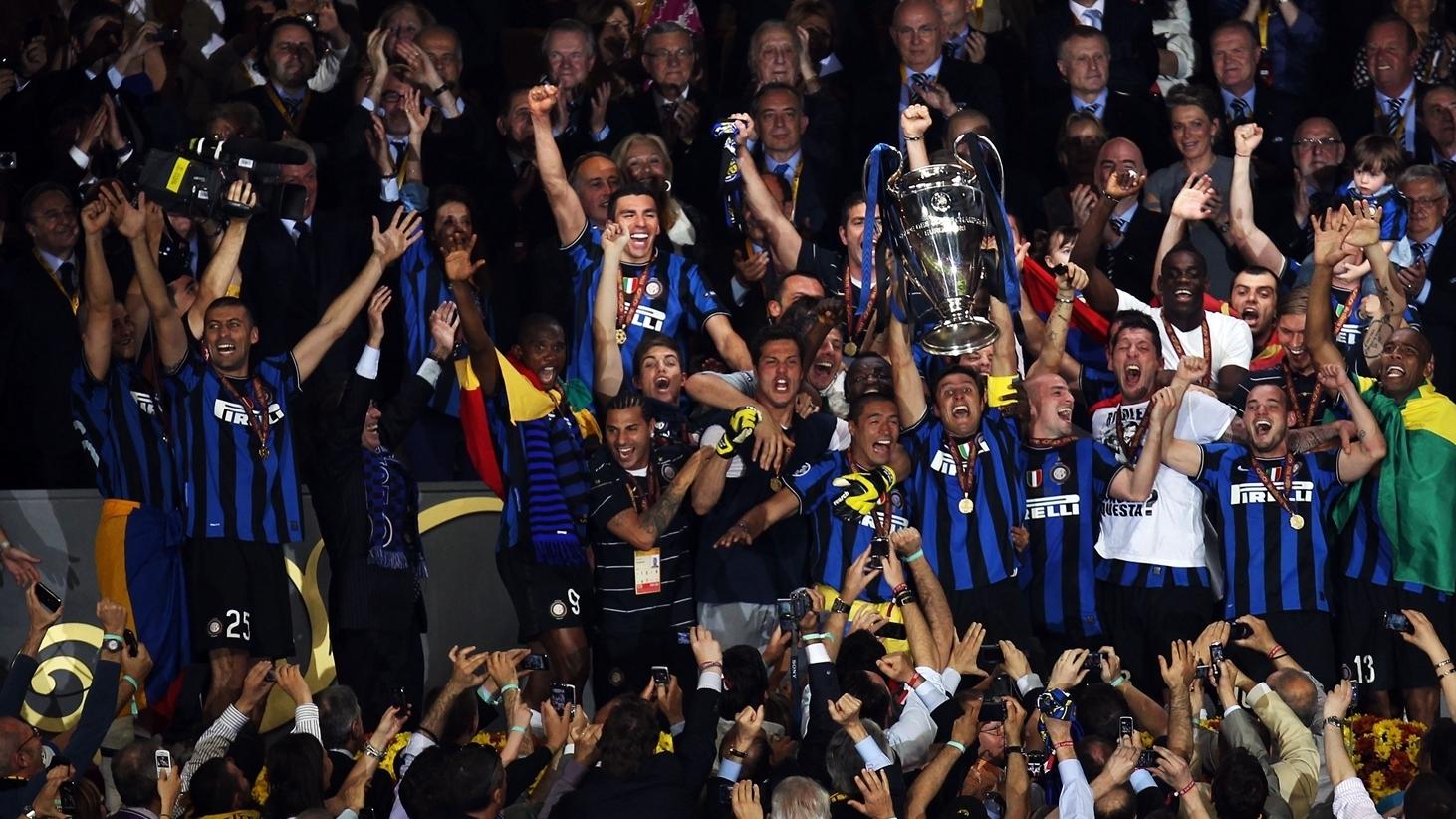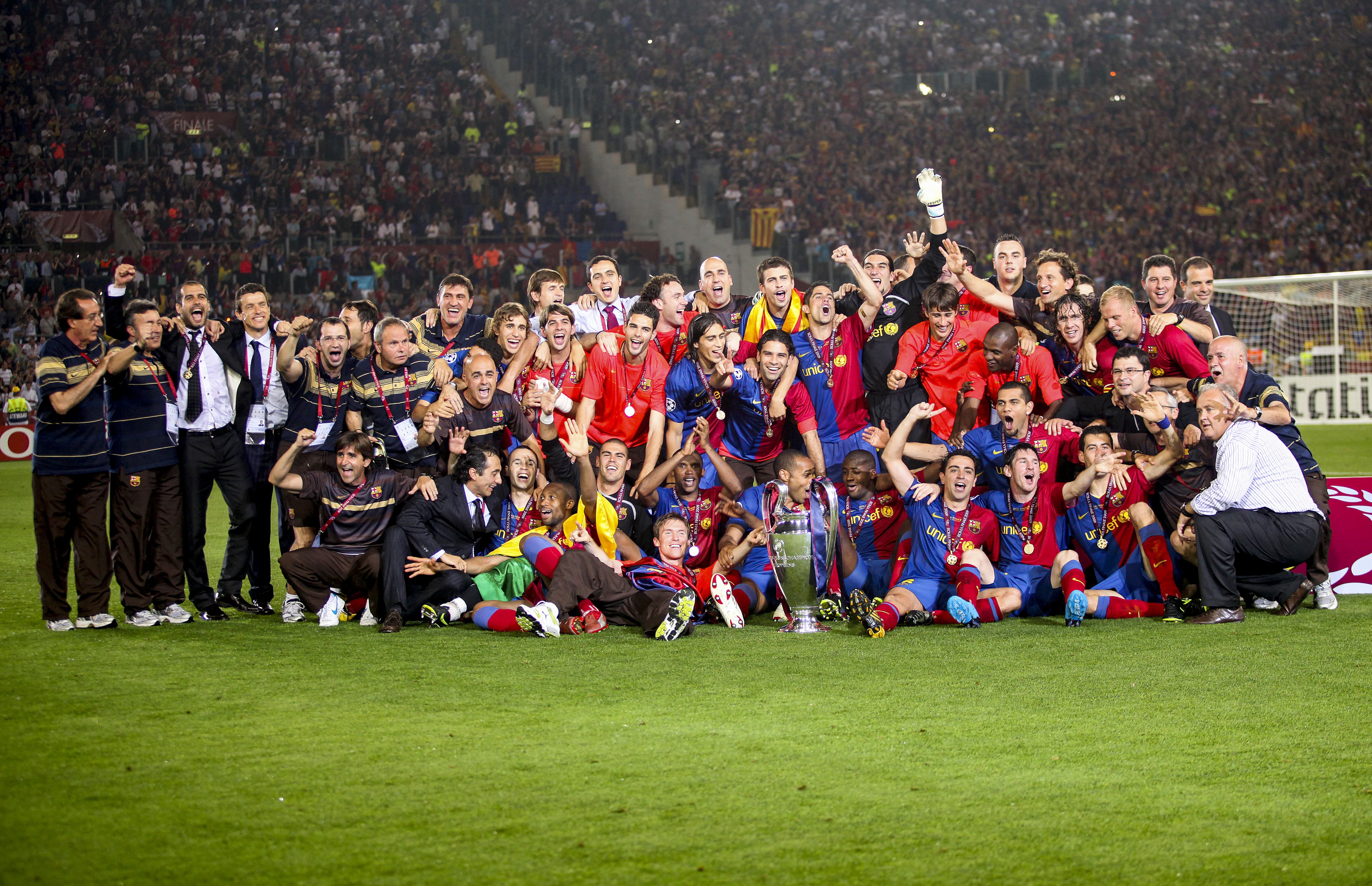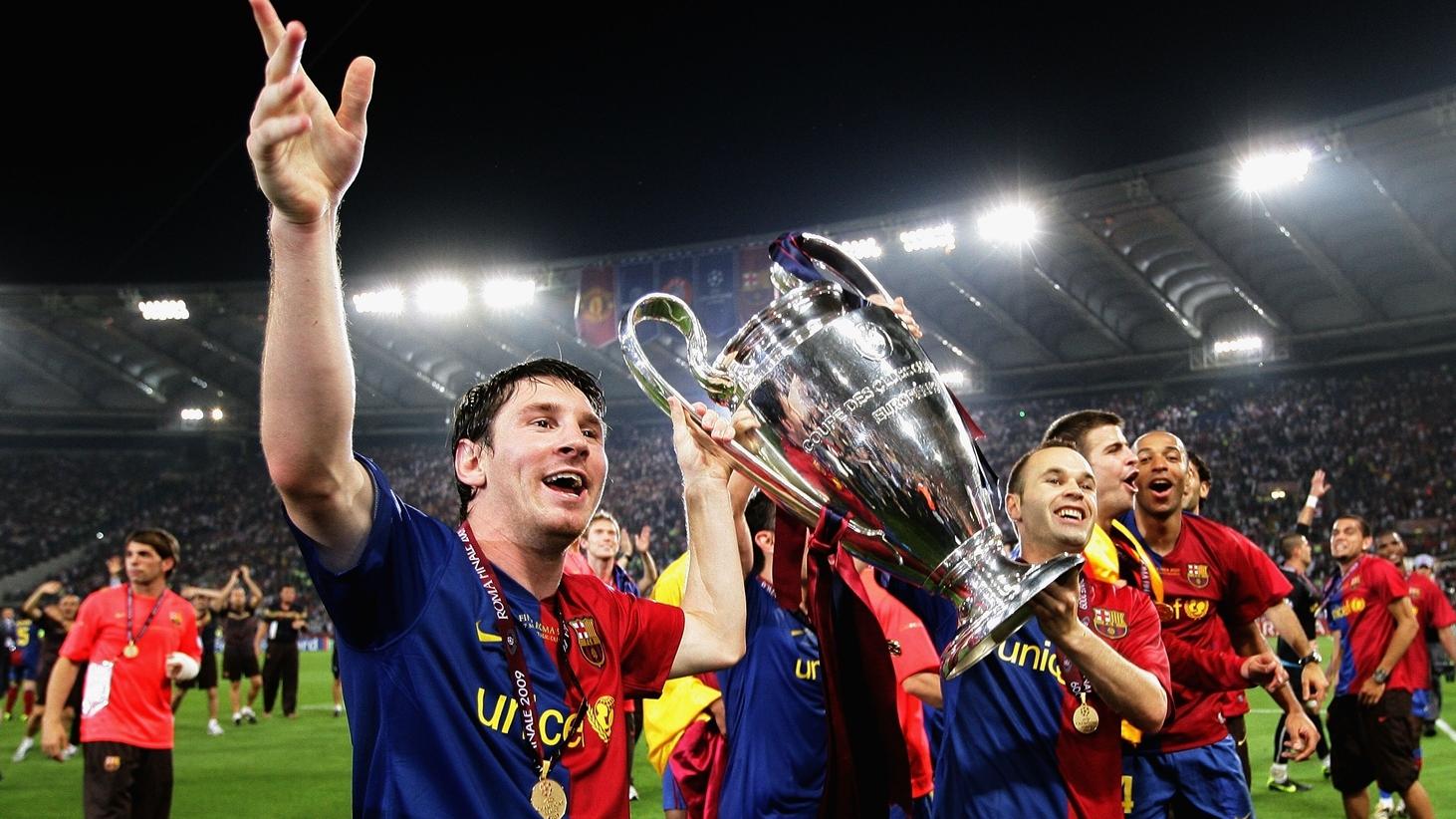09 10 league cup final – The 09-10 League Cup Final captivated fans with its thrilling match-up and unexpected twists. This detailed analysis delves into the key moments, tactical decisions, and lasting impact of this memorable encounter, examining the performances of pivotal players and the broader historical context within English football. We’ll explore the pre-match anticipation, the game’s decisive plays, and the immediate and long-term reactions from fans and media alike.
Get ready for an in-depth look at a truly unforgettable final.
From the starting lineups to the post-match analysis, we uncover the strategic battles waged on the pitch and dissect the performances of key players, including goalkeepers who played a crucial role in the outcome. We’ll also examine the managers’ tactical approaches and how these shaped the flow of the game, culminating in a comprehensive understanding of this significant match.
2009-2010 League Cup Final: Manchester United’s Triumph: 09 10 League Cup Final
The 2009-2010 League Cup Final, contested between Manchester United and Aston Villa at Wembley Stadium, marked a significant moment in both clubs’ histories. The match showcased a clash of styles, tactical battles, and ultimately, a dominant performance from Manchester United, securing their fifth League Cup title.
Match Overview
Manchester United, under the guidance of Sir Alex Ferguson, entered the final as favorites, boasting a squad brimming with talent and experience. Aston Villa, managed by Martin O’Neill, presented a formidable challenge, known for their attacking prowess and resolute defense. The pre-match build-up was filled with anticipation, as both teams aimed for a coveted trophy. The match itself saw Manchester United dominate possession and create numerous scoring opportunities.
Wayne Rooney’s early goal set the tone, and a late strike by Carlos Tevez sealed the victory. The game was characterized by United’s superior midfield control and clinical finishing, while Villa struggled to break down United’s well-organized defense.
Remember to click do league one players get paid to understand more comprehensive aspects of the do league one players get paid topic.
| Position | Manchester United | Aston Villa |
|---|---|---|
| GK | Edwin van der Sar | Brad Friedel |
| DF | Rafael, Rio Ferdinand, Nemanja Vidić, Patrice Evra | Luke Young, James Collins, Curtis Davies, Stephen Warnock |
| MF | Michael Carrick, Darren Fletcher, Ryan Giggs, Park Ji-sung, Antonio Valencia | Nigel Reo-Coker, Stiliyan Petrov, Ashley Young, Gabriel Agbonlahor |
| FW | Wayne Rooney, Carlos Tevez | Emile Heskey, John Carew |
Key Players and Performances
Wayne Rooney’s performance was pivotal for Manchester United, showcasing his clinical finishing and overall influence on the game. Carlos Tevez’s late goal proved crucial, adding to his reputation as a reliable finisher. For Aston Villa, Ashley Young displayed moments of brilliance, but lacked consistent support. Both goalkeepers, Edwin van der Sar and Brad Friedel, made crucial saves, highlighting their importance in the match.
Ferguson’s tactical decision to deploy a midfield focused on controlling possession proved highly effective.
- Wayne Rooney (Man Utd): 1 goal, 2 key passes, 4 shots on target.
- Carlos Tevez (Man Utd): 1 goal, 3 shots on target, 1 assist.
- Michael Carrick (Man Utd): 90% pass completion, 2 tackles, 1 interception.
- Ashley Young (Aston Villa): 3 key passes, 2 dribbles, 1 shot on target.
- Stiliyan Petrov (Aston Villa): 4 tackles, 3 interceptions, 80% pass completion.
- James Collins (Aston Villa): 3 clearances, 2 tackles, 1 interception.
Tactical Analysis, 09 10 league cup final

Manchester United employed a 4-4-2 formation, emphasizing midfield control and quick transitions. Aston Villa countered with a 4-4-2, attempting to exploit space on the flanks. United’s superior midfield control stifled Villa’s attacking threat, limiting their opportunities. Set pieces played a minimal role in the match, with neither team capitalizing significantly. The key tactical battle centered on midfield dominance, with United ultimately winning this crucial area of the pitch.
Tactical Battle Illustration:
Man Utd Midfield (Carrick, Fletcher, Giggs, Park) ---> Dominated Possession ---> Limited Aston Villa Attacking Options
Fan Reaction and Legacy
Immediate fan reactions were largely celebratory for Manchester United supporters and disappointed for Aston Villa fans. Media coverage highlighted United’s dominance and Rooney’s performance. The victory solidified Manchester United’s position as a leading force in English football. The match is remembered as a demonstration of United’s strength and a testament to their ability to win major trophies. A hypothetical interview with Wayne Rooney might reveal his pride in the victory and the significance of the goal he scored.
Historical Context

The League Cup, established in 1960, has a rich history of showcasing emerging talent and providing opportunities for smaller clubs to challenge established giants. The 2009-2010 final was significant for Manchester United, adding to their trophy cabinet and highlighting their continued dominance. Compared to other notable finals, this match stands out for the clear dominance of one team. The victory contributed to the overall narrative of English football by reinforcing Manchester United’s status as a top club.
The 09-10 League Cup Final remains a significant event in English football history, offering valuable insights into tactical strategies, player performances, and the enduring passion of fans. By analyzing the match’s key moments, tactical decisions, and long-term consequences, we gain a deeper appreciation for its impact on the participating teams and the broader sporting landscape. The legacy of this final continues to resonate with fans and analysts, prompting further discussions about its place within the rich tapestry of English football history.

